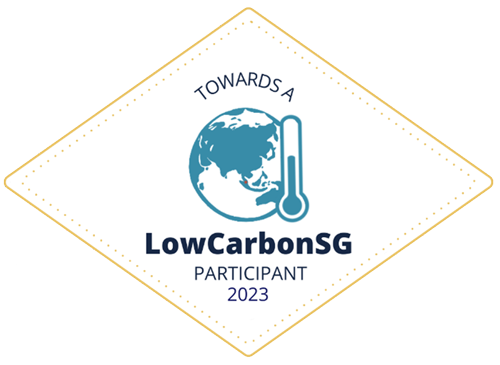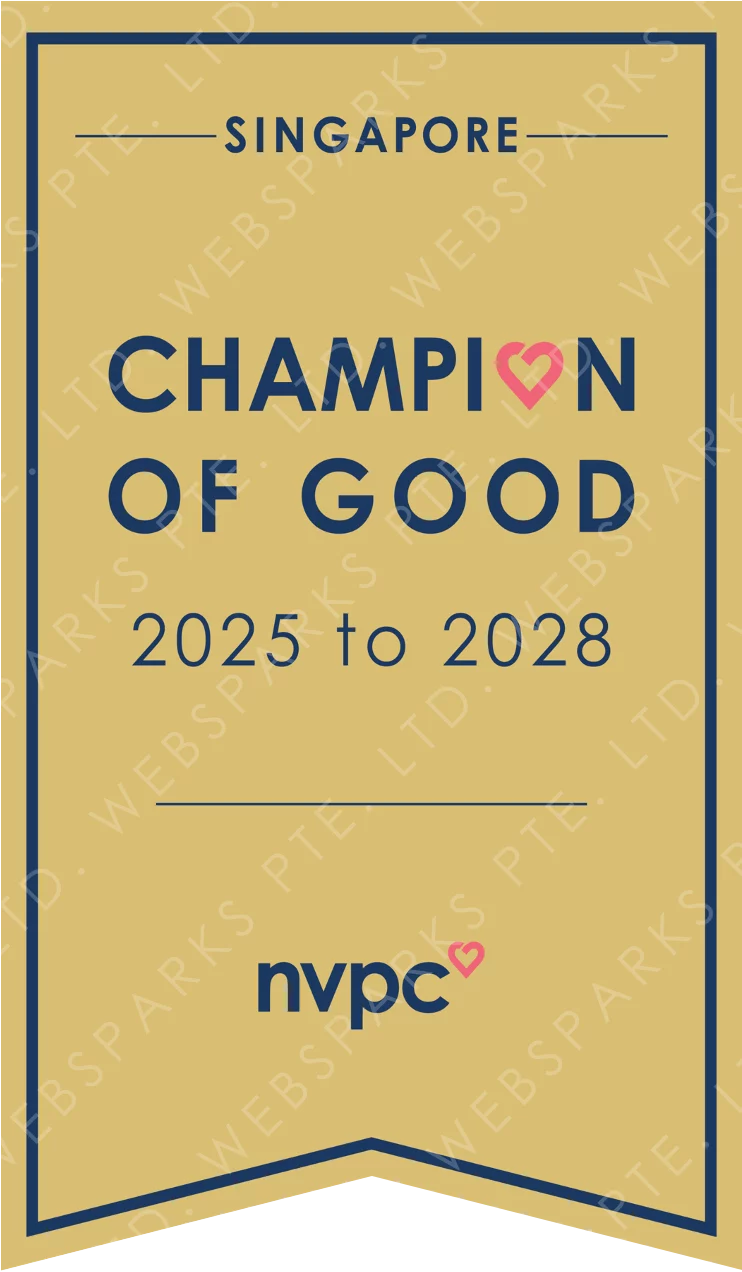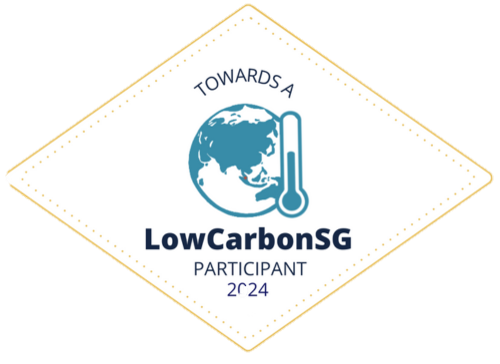Overview of the Waterfall Model
The Waterfall model is a linear and sequential approach to software development, where progress flows steadily through a series of distinct phases.
It is one of the earliest and most widely recognised methods in software engineering.
The basic principles of the Waterfall model involve dividing the development process into separate, consecutive phases, with each phase being completed before moving on to the next.
Table of Contents
The typical phases include:
- Requirements gathering and analysis
- System design
- Implementation (coding)
- Testing and Validation
- Release or Deployment
- Maintenance
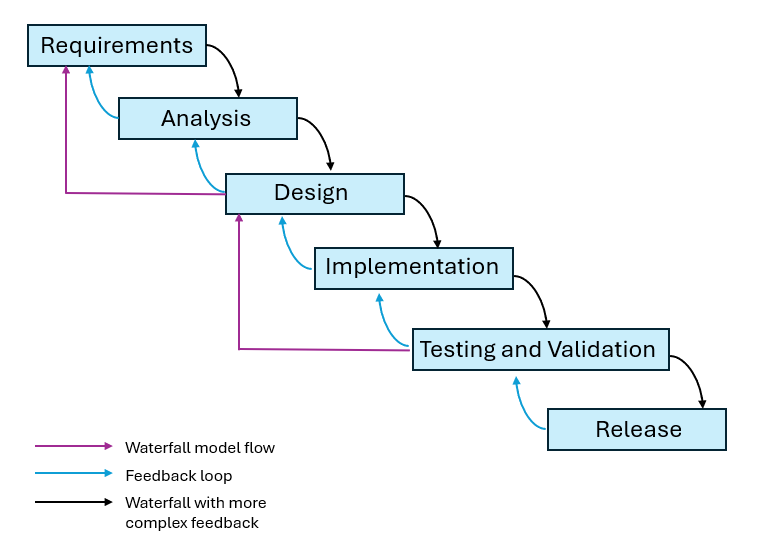
This model assumes that all requirements can be gathered upfront, and no changes will be made once a phase is completed, and the next one begins.
It emphasises meticulous documentation, rigid planning, and a structured approach to development.
Historical Context and Origin
The Waterfall model originated in the manufacturing and construction industries, where the highly structured physical environments meant that design changes became prohibitively expensive much sooner in the development process.
It was first formally described for software development in a 1970 paper by Winston W. Royce, titled “Managing the Development of Large Software Systems.”
Royce presented the model as a way to manage the development of large, complex software systems, particularly in industries where strict documentation and rigorous testing were crucial, such as defense and aerospace.
Relevance to Web Development
The Waterfall model, originally designed for traditional software development, has successfully been adapted for web development projects as well.
In web development, the Waterfall methodology maintains its structured linear progression, encompassing phases such as requirements gathering, website design (including wireframes and mockups), coding and implementation, testing, and deployment and maintenance.
While modern web development often favors more iterative and flexible methodologies like Agile, the Waterfall model offers its own unique strengths. Its structured approach can be particularly advantageous for projects with well-defined and stable requirements or those that must adhere to strict regulatory or compliance standards.
In such scenarios, the Waterfall model provides clarity and predictability, ensuring that each phase is thoroughly completed before moving on to the next.
Key Phases of Waterfall Web Development
1. Requirements Gathering
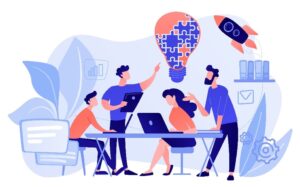
The requirements-gathering phase is crucial in the Waterfall model as it sets the foundation for the entire project.
Detailed requirement analysis ensures all stakeholders understand the project scope, objectives, and deliverables.
This phase involves collecting comprehensive information about the client’s needs, business goals, and technical specifications.
Effective techniques for gathering and documenting business requirements include:
- Interviews: Conducting one-on-one or group interviews with stakeholders to gather detailed insights.
- Surveys and Questionnaires: Distributing structured forms to collect quantitative and qualitative data.
- Workshops: Facilitating collaborative sessions to brainstorm and refine requirements.
- Document Analysis: Reviewing existing documentation, such as business plans and technical specifications.
- Prototyping: Creating preliminary models or mockups to visualize requirements and gather feedback.
2. System Design

The system design phase translates the gathered requirements into a detailed blueprint for the web development project.
This phase involves creating various design documents that outline the architecture, components, and interfaces of the web application. The role of system design is to ensure that all technical and functional requirements are addressed systematically.
Types of design documents produced during this phase include:
- High-Level Design (HLD): Provides an overview of the system architecture, including major components and their interactions.
- Low-Level Design (LLD): Details the specific functionalities, data structures, and algorithms to be used.
- User Interface (UI) Design: Outlines the layout, navigation, and visual elements of the web application.
- Database Design: Specifies the database schema, including tables, relationships, and constraints.
3. Implementation
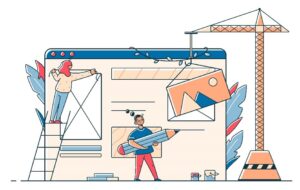
The implementation phase is where the actual coding and development of the web application take place.
Developers use the design documents as a guide to write the code and build the application. Strategies for managing development teams and timelines include:
- Task Breakdown: Dividing the project into smaller, manageable tasks and assigning them to team members.
- Version Control: Using tools like Git to manage code versions and collaborate effectively.
- Regular Check-ins: Holding daily or weekly meetings to track progress and address any issues.
- Milestone Tracking: Setting and monitoring key milestones to ensure the project stays on schedule.
4. Verification
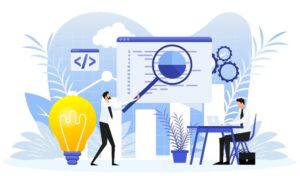
Verification involves testing the web application to ensure it meets the specified requirements and performs as expected. This phase is critical in the Waterfall model to prevent costly revisions later.
Methods for testing and verifying functionality and performance include:
- Unit Testing: Testing individual components or modules for correctness.
- Integration Testing: Ensuring that different modules work together as intended.
- System Testing: Validating the complete and integrated application against the requirements.
- User Acceptance Testing (UAT): Conducting tests with end-users to ensure the application meets their needs and expectations.
5. Maintenance
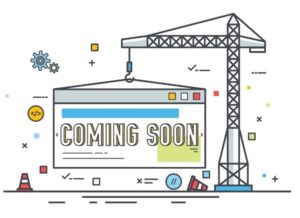
Post-launch, the maintenance phase involves ongoing support, updates, and enhancements to the web application. Planning for long-term support and scalability is essential to ensure the application remains functional and relevant.
Key activities in this phase include:
- Bug Fixes: Addressing any issues or defects that arise after deployment.
- Performance Monitoring: Continuously monitoring the application’s performance and making necessary optimisations.
- Feature Updates: Adding new features or improving existing ones based on user feedback.
- Scalability Planning: Ensuring the application can handle increased traffic and data loads as the business grows.
The Waterfall model provides a clear and systematic approach to web development, ensuring that each stage is completed thoroughly before moving on to the next.
Advantages of Waterfall Web Development
The Waterfall model offers several advantages that make it a suitable choice for certain types of web development projects:
1. Clear Structure and Documentation
One of the primary advantages of the Waterfall model is its well-defined structure and emphasis on comprehensive documentation.
Each phase has specific deliverables, and the project progresses sequentially through the following stages:
- Requirements gathering and analysis
- System design
- Implementation (coding)
- Testing
- Deployment
- Maintenance
This structured approach ensures that all requirements are thoroughly documented upfront, reducing the risk of misunderstandings or scope creep later in the project. The detailed documentation also facilitates knowledge transfer and makes it easier for new team members to get up to speed quickly.
2. Predictability and Cost Estimation
Since the Waterfall model requires extensive planning and a clear understanding of requirements, it becomes easier to estimate project costs and timelines accurately.
With well-defined goals and a fixed scope, stakeholders can have a better idea of the resources required, potential risks, and the expected delivery date. This predictability can be beneficial for projects with strict budgets or deadlines.
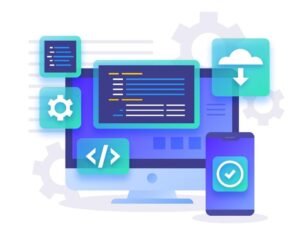
3. Suitability for Projects with Stable Requirements
The Waterfall model is particularly well-suited for web development projects where the requirements are well-understood, stable, and unlikely to change significantly during the project lifecycle.
This includes projects like:
- Migrating an existing website to a new platform or technology stack
- Building a website with clearly defined and unchanging requirements (e.g., government websites, corporate brochure sites)
- Developing web applications for highly regulated industries with strict compliance needs
In such scenarios, the linear and sequential nature of the Waterfall model can be advantageous, as it minimises the need for frequent changes and rework.
While the Waterfall model has its strengths, it’s important to note that it may not be the best fit for projects with rapidly changing requirements or those that require a high degree of flexibility and customer collaboration throughout the development process.
In such cases, iterative methodologies like Agile or Scrum may be more appropriate.
Challenges and Considerations
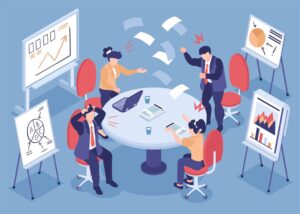
Limited Flexibility
One of the most significant challenges of the Waterfall model is its inflexibility in accommodating changes once the project is underway.
The linear and sequential nature of the Waterfall methodology means that each phase must be completed before moving on to the next, making it difficult to revisit and revise earlier stages without extensive rework.
This rigidity can be particularly problematic in dynamic environments where requirements may evolve, or new insights emerge during the development process. If changes are necessary, they often require going back to the design or requirements phase, leading to delays and increased costs.
To mitigate the risks associated with inflexible project scopes, several strategies can be employed:
- Thorough Initial Requirement Gathering: Invest significant time and effort in the initial requirements gathering phase to ensure all stakeholder needs and potential changes are well-documented and understood.
- Change Control Process: Implement a formal change control process to assess, approve, and manage changes systematically. This process should include clear criteria for evaluating the impact of changes on the project scope, timeline, and budget.
- Incremental Delivery: Where possible, adopt an incremental approach within the Waterfall framework, delivering parts of the project in smaller, manageable segments. This can help identify issues early and allow for minor adjustments without significant rework.
Risk of Overruns and Delays
The Waterfall model’s reliance on detailed upfront planning and documentation can lead to significant risks of delays and budget overruns if the initial requirements are not well-defined.
Since the model assumes that all requirements can be accurately captured at the beginning, any gaps or misunderstandings can result in costly revisions and extended timelines.
Late-stage testing and feedback further exacerbate this issue, as defects and changes discovered during these phases are more expensive and time-consuming to address.
Accurate initial requirement gathering is crucial to avoid these pitfalls.
Effective techniques include:
- Stakeholder Interviews and Workshops: Engage with all relevant stakeholders through interviews and workshops to gather comprehensive and detailed requirements.
- Prototyping and Mockups: Use prototypes and mockups to visualise requirements and gather early feedback, ensuring that the final product aligns with stakeholder expectations.
- Documentation and Validation: Create detailed requirement documents and validate them with stakeholders to ensure clarity and completeness. Regular reviews and updates to these documents can help maintain alignment throughout the project.
Key Challenges and Mitigation Strategies
By understanding and addressing the challenges, teams can better navigate the complexities of Waterfall web development and enhance their project management practices.
Challenge | Description | Mitigation Strategies |
Limited Flexibility | Difficulty in accommodating changes once a phase is completed | Thorough initial requirement gathering, change control process, incremental delivery |
Risk of Overruns and Delays | Potential for delays and budget overruns if initial requirements are unclear | Stakeholder interviews, prototyping, detailed documentation, and regular validation |
When to Choose Waterfall Web Development
Suitable Project Types
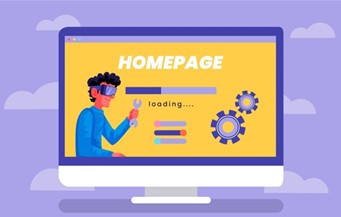
The Waterfall model is particularly well-suited for web development projects where requirements are well-defined, stable, and unlikely to change throughout the project lifecycle.
This methodology is ideal for projects that benefit from a structured, linear approach with clear documentation and predictable outcomes.
Types of web development projects where Waterfall is most suitable:
- Regulatory Compliance Projects: Projects that require extensive documentation and adherence to strict regulatory standards, such as government or healthcare websites.
- Corporate Websites: Projects with a fixed scope and clear objectives, such as corporate brochure sites or internal company portals.
- E-commerce Platforms: When the e-commerce platform has well-defined features and functionalities that do not require frequent updates or changes.
- Educational Websites: Projects for educational institutions where the content and structure are predefined and stable.
- Legacy System Migrations: Projects involving the migration of existing websites to new platforms or technologies, where the requirements are clear and the scope is fixed.
Decision Factors
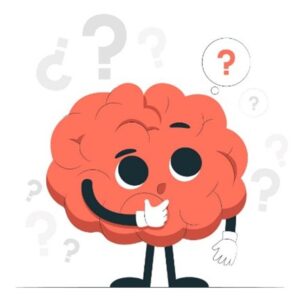
When deciding whether to adopt the Waterfall model for a web development project, business owners should consider several key factors:
- Project Size and Complexity: Waterfall is best suited for small to medium-sized projects with a clear development path and minimal complexity. Large, complex projects with many interdependencies may struggle with the rigidity of the Waterfall model.
- Requirement Stability: Projects with well-defined, stable requirements that are unlikely to change during the development process are ideal for Waterfall. If the project is expected to evolve or if there is uncertainty in the requirements, Agile may be a better fit.
- Stakeholder Expectations: If stakeholders prefer a hands-off approach with minimal involvement after the initial requirements are set, Waterfall is suitable. Conversely, if stakeholders expect to provide ongoing feedback and require flexibility, Agile may be more appropriate.
- Documentation Needs: Projects that require thorough documentation for compliance, knowledge transfer, or future maintenance benefit from the Waterfall model’s emphasis on detailed documentation.
- Timeline and Budget Constraints: Waterfall allows for accurate estimation of project timelines and costs, making it suitable for projects with strict deadlines and budget constraints.
Key Considerations for Choosing Waterfall
The factors are useful for business owners to determine whether the Waterfall model is the right fit for their web development projects, ensuring a structured and predictable development process.
Factor | Consideration |
Project Size | Best for small to medium-sized projects with clear development paths. |
Requirement Stability | Ideal for projects with well-defined, stable requirements. |
Stakeholder Involvement | Suitable for projects with minimal stakeholder involvement post-requirements. |
Documentation Needs | Beneficial for projects requiring extensive documentation. |
Timeline and Budget | Allows for accurate estimation and adherence to strict deadlines and budgets. |
Implementing Waterfall Methodology in Your Business
Getting Started with Waterfall
To implement the Waterfall methodology in your web development projects, follow these steps:
1. Define Project Scope and Requirements: Conduct thorough requirements gathering and analysis to clearly define the project scope, objectives, and deliverables. Document all requirements in detail, as changes will be difficult to incorporate later.
2. Assemble the Project Team: Identify the necessary roles and responsibilities for the project and assemble a team with the required skills and expertise. Typical roles in a Waterfall team include:
- Project Manager: Responsible for overall project management, task allocation, and ensuring adherence to the plan.
- Business Analyst: Gathers and documents requirements, acts as a liaison between stakeholders and the development team.
- System Architect: Designs the system architecture and technical specifications.
- Developers: Responsible for coding and implementation based on the design specifications.
- Testers: Perform testing and quality assurance activities.
3. Create a Detailed Project Plan: Based on the requirements and scope, develop a comprehensive project plan that outlines all phases, tasks, timelines, dependencies, and milestones. Use tools like Gantt charts or project management software to visualise and track the plan.
4. Execute the Project Phases: Follow the sequential phases of the Waterfall methodology, ensuring that each phase is completed and approved before moving to the next.
The typical phases include:
- Requirements Gathering and Analysis
- System Design
- Implementation (Coding and Development)
- Testing and Quality Assurance
- Deployment and Maintenance
5. Conduct Phase Reviews and Sign-offs: At the end of each phase, conduct a review and obtain sign-offs from stakeholders before proceeding to the next phase. This ensures that the project is on track and meets the defined requirements.
Best Practices for Waterfall Web Development Projects
To ensure the success of your Waterfall web development project, follow these best practices:
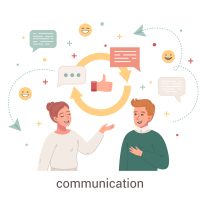
1. Communication
Establish clear communication channels and protocols for sharing information, reporting progress, and addressing issues.
Regular meetings and status updates are crucial for keeping stakeholders informed.
2. Milestone Tracking
Closely monitor and track project milestones to ensure timely completion of each phase.
Use project management tools or Gantt charts to visualise progress and identify potential delays or bottlenecks.
3. Quality Assurance
Implement rigorous quality assurance processes, including code reviews, testing (unit, integration, and system testing), and user acceptance testing.
Ensure that quality standards are met at each phase before proceeding.
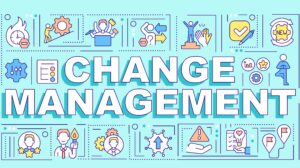
4. Change Management
Establish a formal change management process to handle any necessary changes or deviations from the original plan.
Changes should be carefully evaluated, documented, and approved by stakeholders to minimise disruptions and maintain project scope.

5. Risk Management
Identify and mitigate potential risks throughout the project lifecycle.
Develop contingency plans and risk mitigation strategies to address potential issues proactively.

6. Documentation
Maintain comprehensive documentation throughout the project, including requirements specifications, design documents, test plans, and user manuals.
Clear documentation facilitates knowledge transfer and future maintenance.
Elevate Your Web Development with Websparks
Websparks is a Singapore-based award-winning web design and development company with over 15 years of experience and over 550+ projects launched.
We provide a full range of web services and have many satisfied customers. Our teams of web developers and web designers work closely to deliver successful web solutions to our clients and earned our reputation as the developer of choice.
Entrust your web development projects to our dedicated team of project managers. Check out our portfolio and list of services.
Contact us for a consultation on how we can partner with you to build your digital dreams today.

